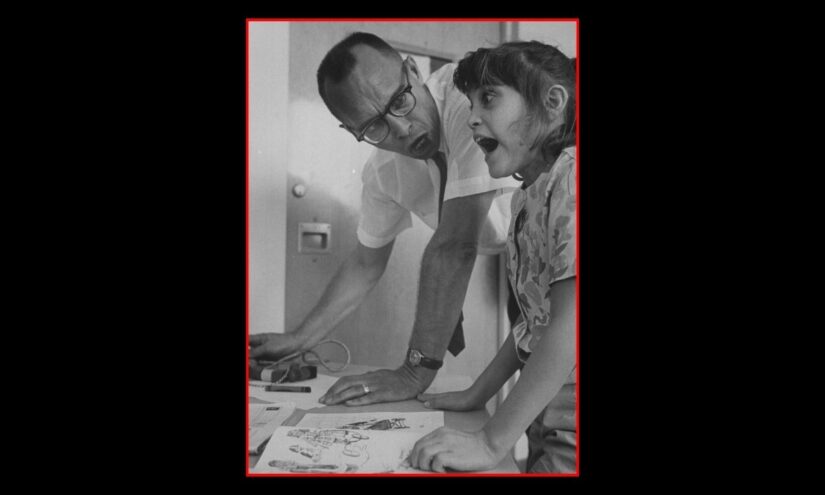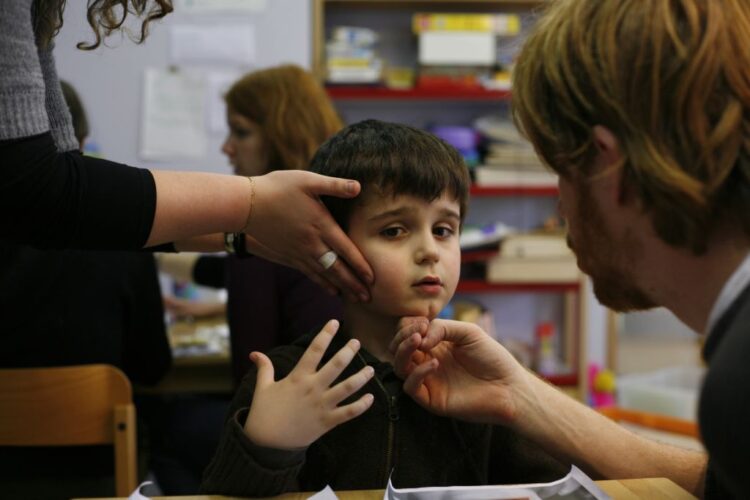During this summer, a team of students from MIT embarked on a journey to the sou …
Popular Autism Therapy in America May Be Ineffective and Potentially Harmful to Patients’ Mental Health
Carlos Changemaker

March 6, 2024
In 1987, a prominent psychologist from the University of California Los Angeles unveiled the culmination of his life’s research, sparking global media attention. Ole Ivar Lovaas announced that providing a novel therapy on a one-on-one basis for 40 hours per week led to nine out of 19 autistic children becoming “indistinguishable from their typically developing peers.” Lovaas reported that half of his subjects witnessed a 30-point increase in IQ, attained normal speech, and integrated successfully with other students.
This discovery was groundbreaking at a time when an autism diagnosis often meant institutional life for the affected child. The introduction of a pathway to a semblance of a “normal” life was seen as miraculous. Parents, determined to provide the best for their children, fought ardently for the new therapy known as applied behavior analysis (ABA), despite its high cost. Today, children diagnosed with autism are highly likely to be referred to ABA therapy, commonly hailed as the “gold standard” therapy utilizing behavior modification techniques to eradicate undesirable traits.
As the number of U.S. children diagnosed with autism has surged to 1 in 36, an entire industry has emerged to cater to their needs. An array of services and educational facilities offering ABA treatment, therapist training programs, ABA centers operated by over 100 companies, stand-alone programs, and ABA schools funded by public resources have surfaced. This growth opportunity has led to potential profits of up to $2.45 billion annually, according to investment firms. Consequently, a legion of lobbyists and public relations experts propel ABA as the primary and often exclusive therapeutic option, with enthusiastic parents acting as its advocates.
However, 37 years after Lovaas’s groundbreaking study, a pushback from researchers, therapists, and former ABA patients who are now autistic adults has ensued. Advocates of alternative approaches, educators, and the U.S. Education Department have expressed concerns over the pervasive influence of ABA to the exclusion of other therapies, potentially harming hundreds of thousands of children. A critical mass of advocates challenges the notion that non-disabled diagnosticians should dictate the treatment of autistic children and the definition of disability at large.
In contrast to Lovaas’s pronounced article, researchers from various avenues, including the U.S. Department of Defense and a university scholar team named Project AIM, have questioned the efficacy of ABA. The evidence base supporting ABA is deemed insufficient and of subpar quality to warrant its widespread adoption. Many former patients subjected to ABA during childhood perceive the treatment as abusive, opposing it significantly, as indicated by a 2018 survey where only 5% of autists approved of ABA therapy.
Neurodivergent adults turned academics and independent researchers have collected evidence suggesting that individuals subjected to ABA are more prone to post-traumatic stress disorder (PTSD) and other severe mental health issues compared to other autists. They emphasize that ABA interventions may cause harm, yet there is reluctance to acknowledge this possibility due to the lack of documented evidence.
Unlike Lovaas, modern ABA therapists have steered away from physical punishment such as electric shocks or paddling. However, they continue to emphasize compliance, withholding toys, treats, and attention as forms of reinforcement for non-compliance, focusing on achieving “extinction” of autistic behaviors. The term ‘discrete trial,’ a mainstay in ABA, is used for drilling autistic behaviors until they cease.

ABA often targets behaviors that are challenging or deviate from societal norms, aiming to train the child to react differently to their environment. While ABA may appear effective in making patients appear more neurotypical, it does not address the underlying causes, teach coping mechanisms, and may impose significant psychological tolls on the individuals.


